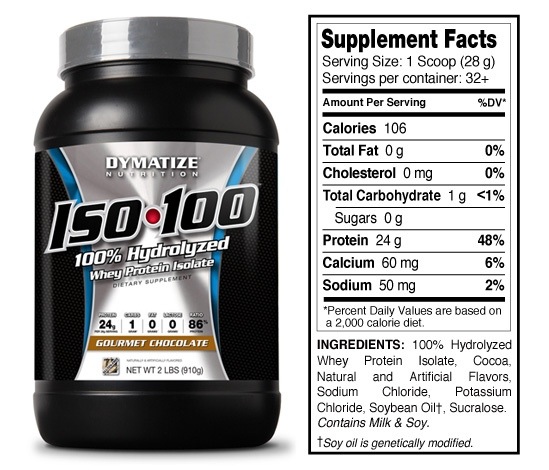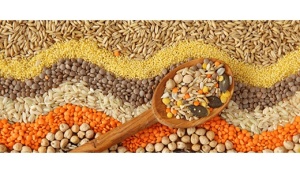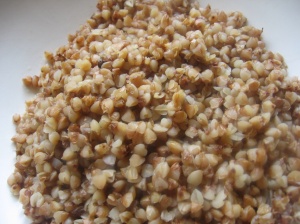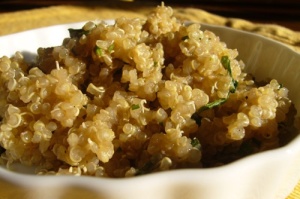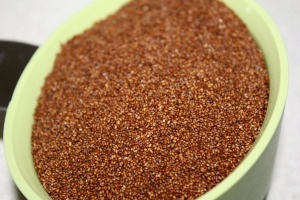There’s a common misconception that fast food costs less than food prepared at home. That’s partly because of massive corporate marketing budgets and campaigns from food companies that influence our thinking. Actually, cooking food at home costs less per person than the typical $5.00–$7.00 fast-food “value” meal.
So Why Aren’t People Cooking More?
If healthy home-cooked food costs less than fast food, why isn’t everyone cooking at home? Here are some reasons:
We’re out of practice. One of the big reasons people think fast food is cheaper than slow food is that we’re not cooking as often.The path toward fresh, healthy food being affordable and easy for everyone is cooking. It’s getting in the kitchen if you’re able to.”
We fear it. Cooking is easier than most people think—especially inexperienced cooks. However, in our sedentary culture, we watch so many cooking shows that cooking may seem like something only expert chefs can handle. But cooking is something that’s really simple that people have been doing since the beginning of time and building into their lives. Part of it is just getting over that fear.
We overcommit and under plan. We’re all working more hours, and it’s tough to find the time to cook, it doesn’t take long. Fifteen minutes a day can get you healthy, affordable food. But it takes a little bit of planning—and that’s key. You have to think in terms of ‘Let me see if I can prepare a big pot of something on Sunday that I can eat throughout the week. What are the things I can freeze?’ All of that really helps.”
Educating Yourself
So, if you’d like to cook more frequently, try these ideas:
Get in the kitchen. You have to practice cooking to become proficient. If someone you know is a good home cook and understands how to create a healthy, simple meal, make a cooking date. Select the recipes, shop together, make the food together, then sit down together and eat what you’ve made.
Hire talent to help you. Hire a personal chef or a local culinary school to lead a cooking class for you and some friends. Make it a social event where you not only get to participate in the food preparation (for practice), but also eat the results. Ask the chef to keep things basic, healthy and inexpensive.
Learn to prep and plan meals for the week. Try cooking in bulk at home once per week (Sunday is usually a good choice) and freeze or refrigerate the food for quick reheating during the week. For example, roast a chicken and a large pan of root veggies, bake a handful of sweet potatoes, and make a large pot of chili or soup. Wash, chop and dry all of your produce for the week. With these tasks done, you can have dinner on the table in 15 minutes or less.
Learn basic knife skills and invest in at least one good knife. Nothing makes cooking more pleasurable (or miserable) than a good (or bad) knife. If you’ve never used a professional-grade knife, take a basic knife skills class or search YouTube for videos on the topic.
Every success story was accomplished by executing a thought out plan. Failing to prepare is preparing to Fail.

